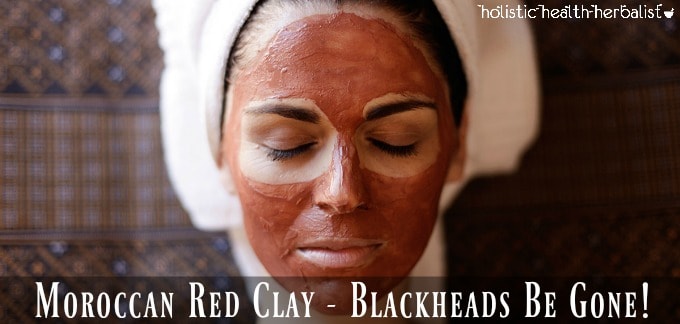
One of the most effective clays available for acne sufferers is Moroccan Red Clay because it’s hands down the best clay to use for ridding the complexion of blackheads, toning the skin, and re-balancing dry, flaky skin with regular use. I have been using this clay for years and if I had to choose just one clay to have on hand, this would be it.
Moroccan Red Clay (aka Rhassoul Clay or Red Clay) has been used for the last 1400 years as a soap, shampoo, and skin conditioner. Luxuriantly smooth to the touch, its highly absorbent and exfoliating qualities make this clay a must have in top notch professional spas.
Red clay comes from ancient deposits in the fertile Atlas Mountains of Morocco, mined from deposits made by volcanic activity and geothermic changes in the soil.
Its use in history as a cosmetic clay can be traced back to ancient Rome and Egypt where it was used by nobility to tone and enrich the skin.
Moroccan red clay is used today to nourish the skin, even out blotchy skin tone, and reduce acne - specifically stubborn blackheads. There are many clinical studies that have found rhassoul clay to be effective for increasing skin elasticity due to its high silica and magnesium content.
It's so good for your skin, you can even swap out your soap with it and it won't strip the skin of its natural oils. I have often used it as an all-purpose face wash without any trouble at all!
Properties of Moroccan Red Clay
Skin Type - Normal, dry, or oily skin with lots of blackheads, acne prone skin
Benefits of Using Rhassoul Clay
• Treats blackheads by drying them out and pulling them to the surface (in part due to its high negative charge)
• Removes oils from the pores and tightens them
• Smoothes skin texture
• Improves the firmness of the skin
• Improved skin elasticity
• Improved skin clarity, very effective as an acne treatment
• Reduces dryness with consistent use (2-3 times a week)
• Pulls toxins from the skin
• Exfoliates and cleanses the skin
• Removes dead skin cells
Uses for Moroccan Red Clay
• Face Mask - Mix with water or diluted apple cider vinegar to create an amazing face mask for acne prone skin and for removing stubborn blackheads
• Face Scrub - Before rinsing away the mask, get the it wet with warm water and use your finger to exfoliate the skin with it in small circular motions
• Hair Mask - Dilute 1 TB of moroccan red clay with ¼-1/2 cup of water or diluted apple cider vinegar. Pour into your hair, allow it to sit for a moment, then rinse thoroughly
• Full Body Mask - for intense spa days, apply the clay to the entire body to detox
How to Use Moroccan Red Clay For Acne Prone Skin
Red Clay Bath Recipe for Body Acne
• Add 1-4 cups (or desired amount, just know that the more clay you use, the better the detox) of red clay to a jar
• Pour enough water into the jar to cover the clay by a couple inches
• Shake the mixture until the clay dissolves completely
• Draw a bath at the desired temperature and add the clay water mixture
• Rinse the jar under the running water (you don't want to waste any of that precious clay!)
• Feel free to add your favorite natural bath salts and/or essential oils
• Submerge as much of your body as possible
• Soak at least 15-20 minutes
This bath will help detoxify the body and pull heavy metals out of your system in a much gentler way than taking bentonite clay internally. Your skin will become smooth, refreshed and revitalized.
Keep in mind that clay baths are powerful medicine and can therefore cause detox reactions.
Soothing Moroccan Red Clay Mask Recipe
• 2 TBS red clay
• 2 tsp rose water (add small amounts until you reach the desired consistency)
• ½ teaspoon jojoba oil (you may need less, so add incrementally)
• 1 drop chamomile essential oil
• 1 drop rose essential oil
• Mix together thoroughly and apply freshly cleansed skin
• Let sit for 20 minutes and rinse with warm water
You can get high quality essential oils here.
This clay is good for soothing dry irritated skin.
NOTE: For blackhead problem areas, I would avoid using any jojoba oil as you want the mask to be as absorbent as possible. I recommend mixing all ingredients except the jojoba oil, apply it to your problem areas first, then mix in the jojoba oil for the rest of your face.
Thanks for joining me in this mini series about the different facial clays! If there are any other clays that you would like to know about, please leave a comment below.
Have you used moroccan red clay before? How did you like it?
If you missed the previous clay articles, here they are:
Is Bentonite Clay Right for your Skin Type
White Kaolin Clay for Sensitive Skin
French Green Clay- the Green Standard
For more fun clay recipes and uses, check out these articles:
DIY Detox Clay Mask
Bentonite Clay Mask
Blemish Busting Bentonite Clay Face Mask
10 Reasons to Use Bentonite Clay to Detox Your Body Effectively
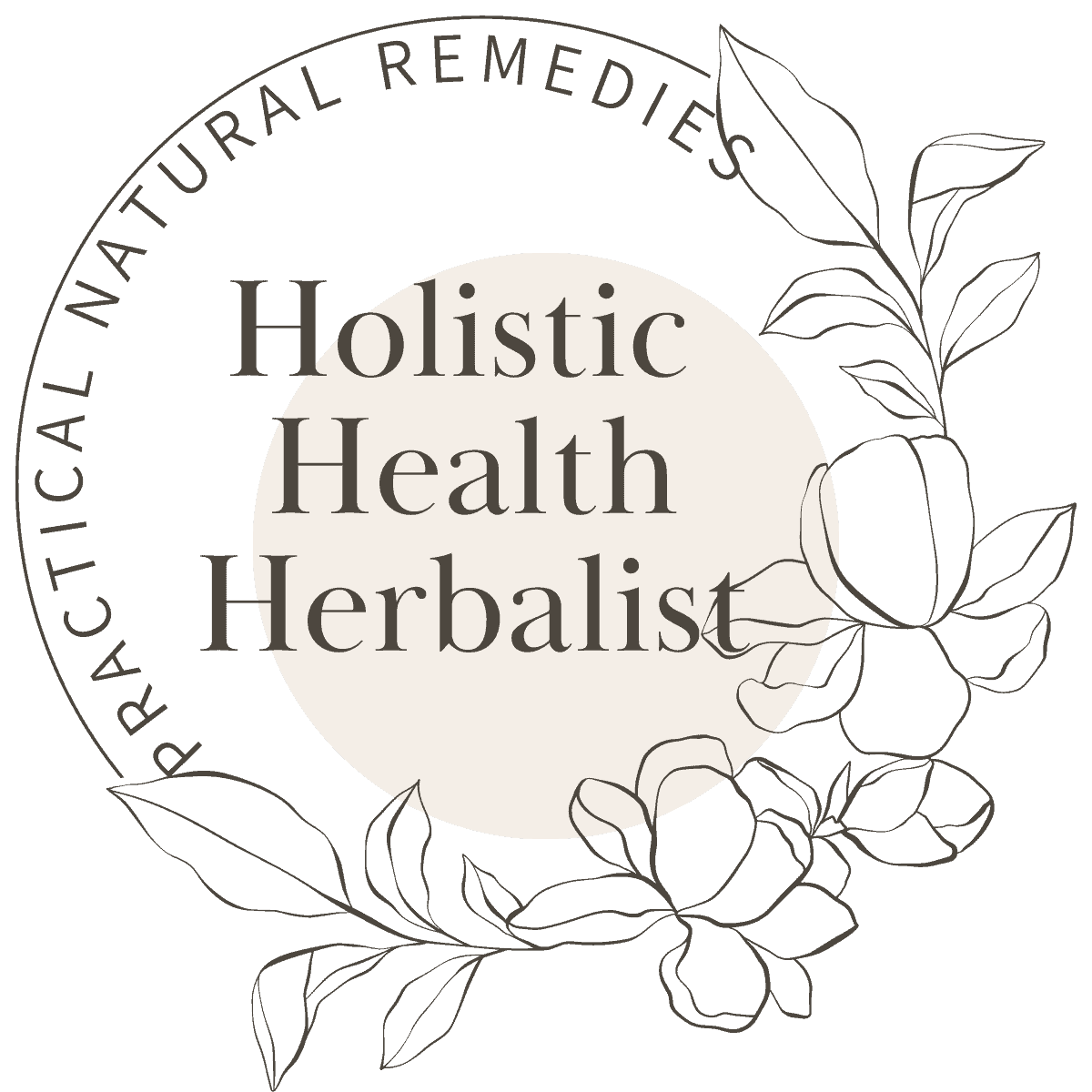

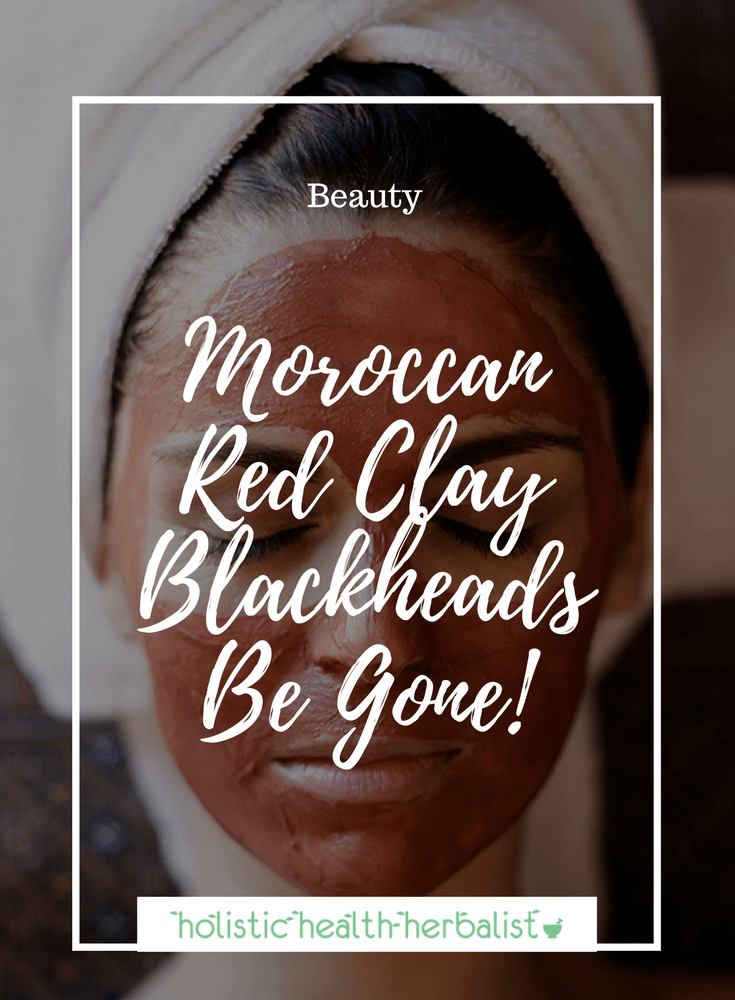
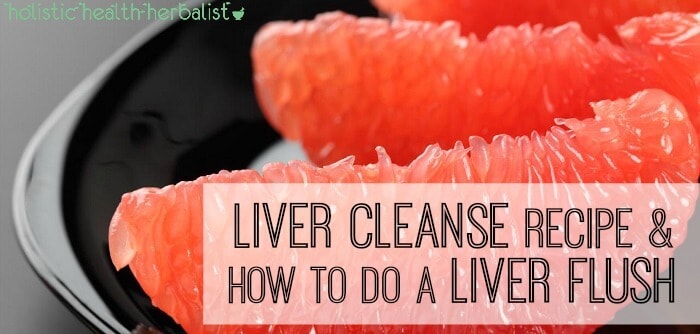

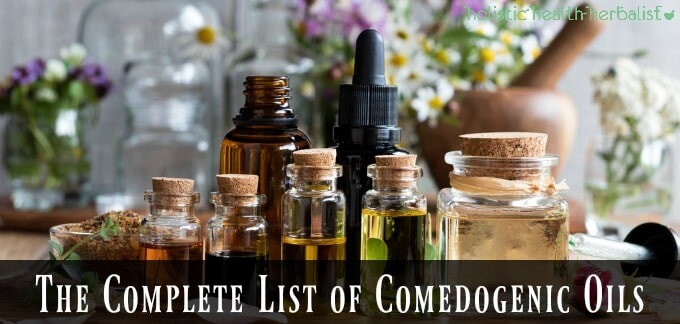
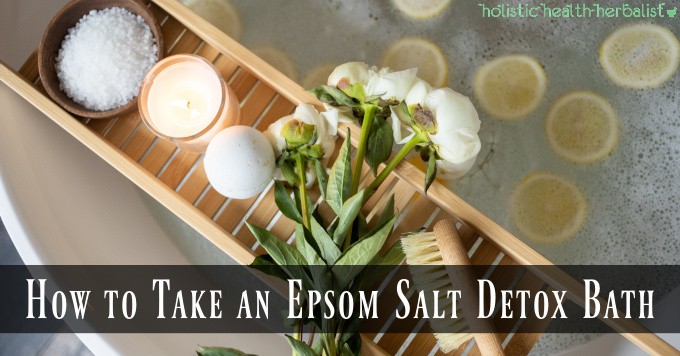
ahmed amine says
I really enjoyed this article, i am Amine from Morocco.
keep it up Tash your work is wonderful.
if you like to have a really natural bath with green and red clay here in Safi (near to marrakech) you are welcome.
Ps: FOR FREE
Misha says
Hi, Tash! i'm from malaysia, currently i'm use this clay with ginger juice for my skin. I've white spot and dry patches. I use this for daily for the fast result. May i know if this clay can mix with other oils? like virgin coconut oil or jojoba oil? thanks
Tash says
Hi Misha!
You can mix the clay with oils. Just keep in mind that oil will prevent the clay from pulling impurities from the skin if that's the use you're looking for.
Maria says
Hi,
Do you leave a thin layer on your face? What is the consistency of the clay dissolved in water? When I do not add enough water is not thick and is clumsy, if I add too much water is too liquid.
Tash says
Hi Maria!
I make a mask from this clay by adding just a few drops of water at a time until I reach a nice consistency. You want a nice thin even layer on the skin for best results 🙂
Tamara says
Love this and every other recipe! Amazing work!!
How long is the shelf life for this mask? And what are some natural preservatives that I could add to any mask to prolong its shelf life?
Thanks!
Tash says
Hi Tamara!
Since this recipe contains water, this mask will last about a week. I can typically get about 2-3 applications out of this amount if I apply a thin layer and a bit more use if I only use it on problem areas like my t-zone. The best way to preserve it naturally is to not add the rose water since bacteria LOVE water. As an alternative, you can try using this natural preservative to extend the shelf life by 6 months to a year. Hope that helps! 🙂
Tavia Pearson says
Hello am Tavia I have jus started to use the Moroccan red clay mask and I see how it's starting to work,i see it pulling up the bumps and white head on my face am going to continue the use until I get my best results. It's a very good product.
Tash says
Yes it's one of my favorites!
Ashish says
Hii, I am from India. I want to buy Morocco's red send for face treatment. How can I get it at my hometown alwar, Rajasthan, India.
Alexandra Colden says
Hi Tash! I have just recently tried some of your natural face treatments. I want to try this one. I have a crap ton of black heads and a little bit of acne. Rose and Chamomile oils are crazy expensive! Are there any substitutes that are less expensive? Thanks!
Tash says
Hi Alexandra!
Yes, those oils are very pricey no matter what brand you use. You could sub their floral waters instead. You can buy them on amazon under "rose hydrosol" OR you can make your own here: https://holistichealthherbalist.com/the-benefits-of-rose-water-2/
Just mix the rose water with the clay and apply to reap similar benefits =) You can also make a very strong tea of rose petals (fresh or dry) or chamomile and mix that with the clay as well.
Hope this helps!
<3 Tash
Liz says
Isn't the clay bad for my pipes? I am afraid to do the clay bath because I don't want to clog the drain. I have terrible blackheads!! I've tried every clay on earth and now I am resorting to getting a professional facial.
Tash says
Hi Liz!
The clay won't be bad for plumbing as long as it is completely dissolved in water. If it has clumps it could potentially clog things up. Sometimes a facial is great to get things all cleared out so that you can upkeep the results. I hope it works out for you!
Karen says
Thanks sooo much for the informative articles! I just read through your clay articles but still have no idea which one I should use to start with --- they all sound great! I have combination skin and have had cystic acne on my chin only for more than 10 years, since age 19. Recently I noticed that certain lymphatic treatments I got drew a lot of black-ish dots to the surface, and I suspect that once I get rid of those, my acne would be significantly improved. Which clay would you suggest that I use for my purpose? I have manuka honey and other raw honey at home, as well as jojoba oil. I also have essential oils such as Frankincense, Lavender, helichrysum, myrrh, carrotseed, (and hopefully sandalwood soon), but no rose or chamomile...
Do you also have other recommendations on what else I should do to clean up my skin? I'm very lazy so I don't have time for now to do all 6 steps you recommended here: https://holistichealthherbalist.com/6-skincare-tips-that-cleared-my-acne-naturally/ But where should I start?
Tash says
Hi Karen!
I would recommend trying the moroccan red clay first. It's a really nice clay to use for blackheads especially (use this clay mask twice a week)! I would try to wash with honey if possible (maybe dd a drop of essential oil to the mix). Remember to eat as healthy as possible, get good sleep, exercise, and get out in the sun when you can too! This should be a good start =)
Heather says
I'm going to try this!
Dani says
After you take your clay bath, do you scrub it off with body wash like normal? Or is there something you would recommend using afterward.
Tash says
I recommend washing up before you take your clay bath. That way you'll already be clean and can get the full benefits from the clay. Be sure to keep your hair pinned up as the clay can dry out your hair a little bit. I usually wash my hair first, then apply my favorite conditioning treatment and let it sit the whole time I'm in the bath and rinse it out at the end.
While I'm relaxing, I will use an infused oil to massage my skin. You can find some really nice ones at your local health food store. I like to use these instead of lotion because they really moisturize my skin, especially now that it is getting colder. You could also use your favorite moisturizer instead (as chemical free as possible) after your clay bath.
Good luck!
Jaclyn Claire says
Hi, thank you so much for this. I am really getting into new age and holistic ingredients to enhance my health and overall well-being. Where do I get these items you list on your blog that can be affordable locally living in Florida such as the clays, oils, oatmeal, etc? Thanks, you're a huge help:)
Tash says
The red clay that I have used is by the Now brand. I usually find it for a great price on amazon.
As for the oils, you want to make sure to get quality...and unfortunately that means that they can be a little expensive at times. I buy mine at Wholefoods (plus they have a fantastic return policy if you keep the receipt!). Wholefoods also has good quality oils that you can normally try out in the store. If you're wondering which ones are "quality" oils, just look for phrases like "cold pressed", "unrefined", "organic" or "100% ___ oil" These are pretty good indicators. Also check the ingredient list. If there are funny names listed, it's probably not very natural. The expense for quality is worth it since you only need a couple drops for each use. Amazon is SO convenient if you can't find good oils locally.
For the oatmeal, I buy any oatmeal that's available. You can literally use any form (rolled, steel cut, etc!) as long as you've got that handy coffee grinder. Just make sure it doesn't have any other ingredients in it and you're good to go!
Hope this helps =)